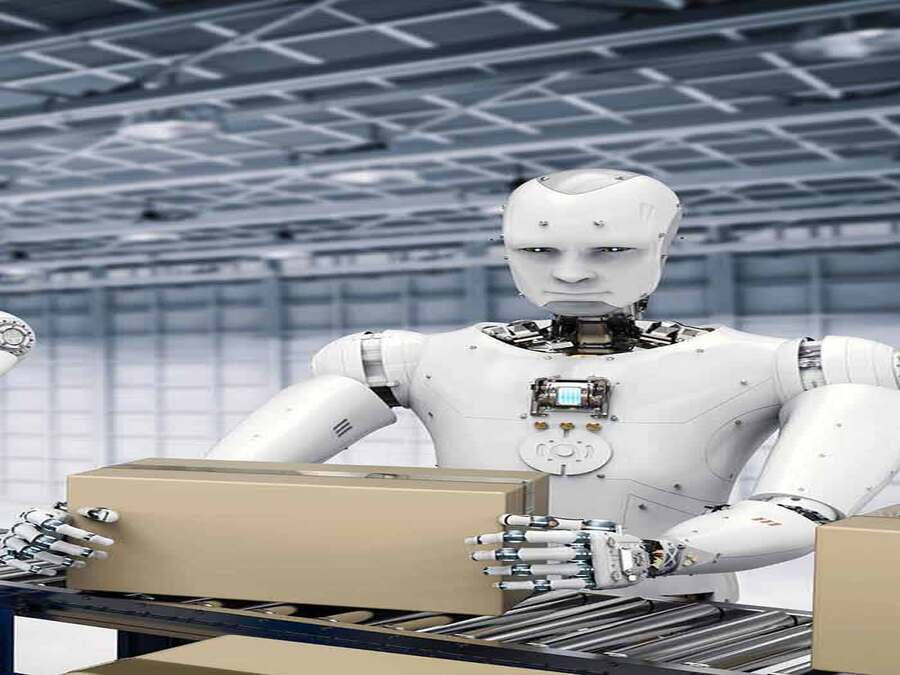In an increasingly connected and automated world, the power of machines to perceive and interact with their environment has reached new heights. Among the cutting-edge technologies driving this progress is Map Sense, also known as Simultaneous Localization and Mapping (SLAM). This groundbreaking concept allows robots and devices to not only navigate unknown environments but also develop a comprehensive understanding of their surroundings. In this blog post, we will embark on an exploration of Map Sense, uncovering how it empowers machines with spatial awareness and revolutionizes the way we navigate the world.
Map Sense, or SLAM, represents a revolutionary technology that enables robots and systems to create maps of unfamiliar environments while simultaneously determining their own position within those maps. By fusing sensor data and sophisticated mapping techniques, Map Sense provides a real-time understanding of the surroundings. It is a remarkable fusion of mapping and localization, driving innovation across a wide range of applications.
The Dual Components of Map Sense
At the heart of Map Sense lie two critical components: mapping and localization. The mapping aspect involves collecting data from an array of sensors, such as cameras, LIDAR, and depth sensors, to build a detailed representation of the environment. This representation may manifest as occupancy grids, point clouds, or feature-based maps. Simultaneously, the localization component utilizes sensor data and information from the mapping process to accurately estimate the robot’s position within the map.
Transformative Applications
Map Sense’s impact spans various domains, with applications in autonomous robotics, self-driving cars, augmented reality, and virtual reality. Autonomous robots equipped with Map Sense can navigate and explore unknown environments with precision, making them invaluable for search and rescue missions, industrial automation, and domestic assistance. In the automotive industry, self-driving cars rely on Map Sense to perceive their surroundings, plan optimal routes, and ensure safe and efficient transportation. Moreover, Map Sense plays a pivotal role in creating immersive augmented reality experiences, seamlessly blending virtual elements into the real world.
Overcoming Challenges and Advancements
Implementing robust Map Sense systems presents unique challenges, including sensor noise, data association, computational complexity, and dynamic environment handling. Nevertheless, significant advancements have been made to address these obstacles. Improved sensor technologies, advanced data fusion techniques, and the integration of deep learning algorithms have enhanced the accuracy and resilience of Map Sense systems, driving their practical adoption.
The Future Landscape
Looking ahead, the future of Map Sense appears promising. Continual advancements in technology, including smaller and more affordable sensors coupled with increased computing power, will democratize Map Sense, expanding its presence across a broad spectrum of devices and applications. From drones to smart home devices, Map Sense has the potential to transform how machines interact with and navigate the world around us.
Applications of mapsense
In today’s rapidly evolving technological landscape, Simultaneous Localization and Mapping (SLAM), commonly known as Map Sense, has emerged as a groundbreaking technology. Map Sense empowers machines to perceive and interact with their environment like never before. This blog post explores the transformative applications of Map Sense, highlighting its role in various domains and its potential to reshape industries.
- Self-Driving Cars
Map Sense is a critical technology for self-driving cars, enabling them to perceive and understand their surroundings. By constantly updating their maps and accurately localizing within them, self-driving cars can navigate complex road networks, anticipate obstacles, and make real-time decisions. This technology holds the promise of safer and more efficient transportation, transforming the future of mobility.
- Augmented Reality (AR)
Map Sense plays a pivotal role in creating immersive augmented reality experiences. By aligning virtual elements with the physical environment, AR applications seamlessly blend computer-generated content with the user’s surroundings. With Map Sense, virtual objects can be precisely registered within the real world, enabling interactive gaming, visualization of information, training simulations, and architectural planning. This application opens up endless possibilities for entertainment, education, and practical use cases.
- Virtual Reality (VR)
In virtual reality, Map Sense is instrumental in creating realistic and immersive experiences. By mapping the physical environment and incorporating it into the virtual world, users can move freely within the virtual space without the risk of collisions or disorientation. Map Sense also enables the integration of dynamic objects and interactions, enhancing the sense of presence and realism within virtual environments. This application has far-reaching implications for gaming, training simulations, architectural design, and virtual travel experiences.
- Mapping and Exploration
Map Sense is indispensable for mapping and exploration tasks in various domains. Equipped with Map Sense, robots can autonomously map and survey previously uncharted territories. From scientific research and archaeological expeditions to environmental monitoring, this technology enables the creation of detailed maps and 3D reconstructions of intricate spaces. Such maps provide valuable insights, assisting in further exploration, analysis, and decision-making processes.
Map Sense, or Simultaneous Localization and Mapping (SLAM), is reshaping industries and unlocking new possibilities for machines to interact with the world. From autonomous robotics and self-driving cars to augmented and virtual reality, Map Sense has transformative applications across diverse domains. As this technology continues to advance, we can expect even more innovative applications in healthcare, logistics, agriculture, and urban planning. Map Sense, or Simultaneous Localization and Mapping (SLAM), represents an awe-inspiring paradigm that endows machines with spatial awareness, transcending their traditional capabilities. By enabling the creation of maps in unknown environments and precise estimation of location, Map Sense has become a cornerstone technology in robotics, autonomous vehicles, and augmented reality. As researchers and innovators continue to push the boundaries of Map Sense, we can anticipate a future where machines possess an even deeper understanding of their surroundings, propelling us into a new era of navigation and exploration.

